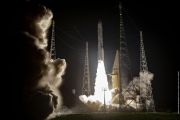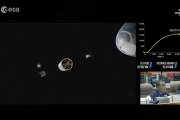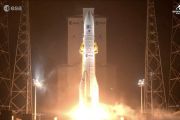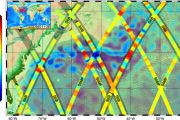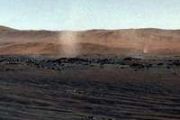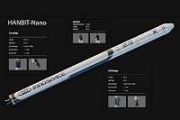
Copernical Team
50 years ago, NASA's Copernicus set the bar for space astronomy
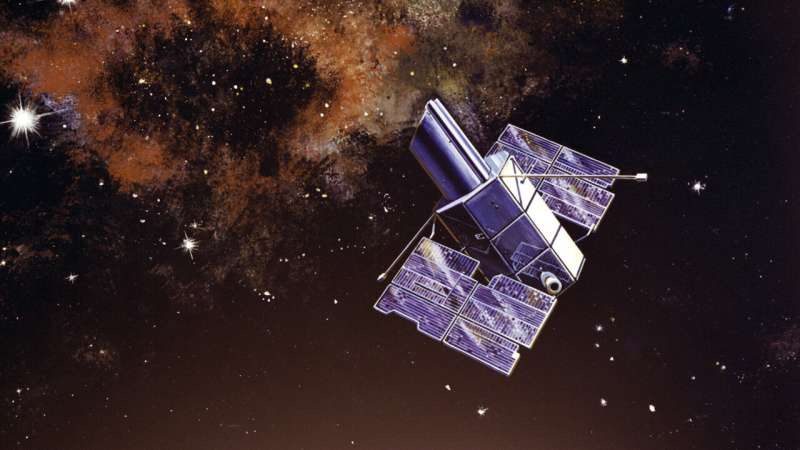
At 6:28 a.m. EDT on Aug. 21, 1972, NASA's Copernicus satellite, the heaviest and most complex space telescope of its time, lit up the sky as it ascended into orbit from Launch Complex 36B at what is now Cape Canaveral Space Force Station, Florida.
Initially known as Orbiting Astronomical Observatory (OAO) C, it became OAO 3 once in orbit in the fashion of the time. But it was also renamed to honor the 500th anniversary of the birth of Nicolaus Copernicus (1473–1543). The Polish astronomer formulated a model of the solar system with the Sun in the central position instead of Earth, breaking with 1,300 years of tradition and triggering a scientific revolution.
Fitted with the largest ultraviolet telescope ever orbited at the time as well as four co-aligned X-ray instruments, Copernicus was arguably NASA's first dedicated multiwavelength astronomy observatory. This makes it a forebear of operating satellites like NASA's Neil Gehrels Swift Observatory, which watches the sky in visible, ultraviolet, and X-ray light.
Where exactly will astronauts land on the moon? NASA is going to tell us
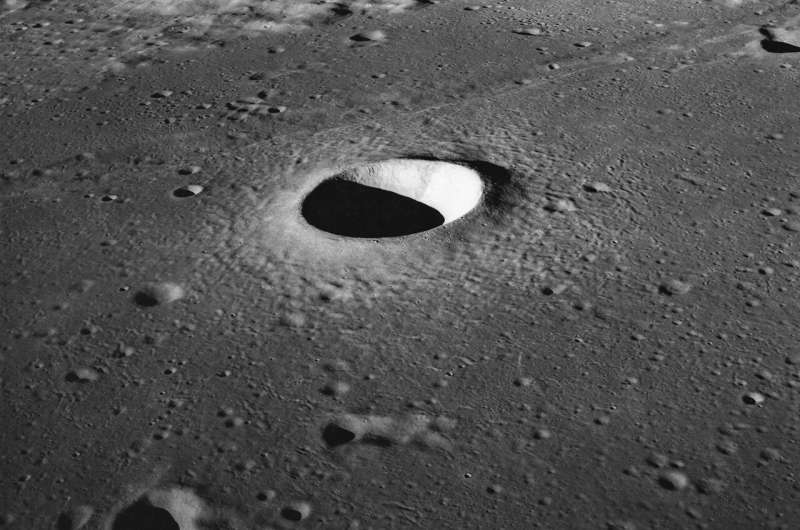
With NASA's first Artemis mission to the moon set to launch before the end of the month, teams are gearing up for future missions with astronauts including just exactly where the next people to set foot on the moon will be leaving their footprints.
NASA has announced a news conference for 2 p.m. Friday to reveal potential landing locations for the Artemis III mission, which is still targeting a launch in 2025, but not before the uncrewed Artemis I flight slated to launch on Aug. 29 and a crewed Artemis II flight in 2024 that will send humans back to the moon, but not only to orbit it.
Artemis III would mark humans' return to the surface for the first time since Apollo 17 astronauts Eugene Cernan and Harrison Schmidt left the surface on Dec. 14, 1972.
The Apollo program managed six landings with two humans each for a total of 12 to walk on the moon between 1969-1972.
After 45 years, the 5-billion-year legacy of the Voyager 2 interstellar probe is just beginning
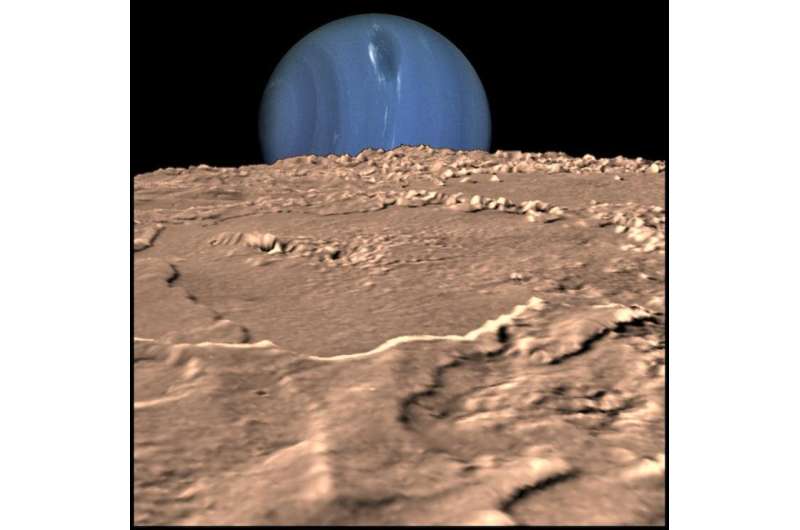
On August 20 1977, 45 years ago, an extraordinary spacecraft left this planet on a journey like no other. Voyager 2 was going to show us, for the first time, what the outer solar system planets looked like close-up. It was like sending a fly to New York City and asking it to report back.
Voyager 1 was launched after Voyager 2, on September 5. Attached to the flank of each Voyager was a Golden Record carrying greetings, sounds, images and music from Earth.
The spacecraft were more or less twins, but they had different trajectories and scientific instruments. While both flew by Jupiter and Saturn, Voyager 1 then sped onwards to interstellar space. Voyager 2 tarried to make the only visit ever to the ice giants, Uranus and Neptune.
NASA Identifies Candidate Regions for Landing Next Americans on Moon
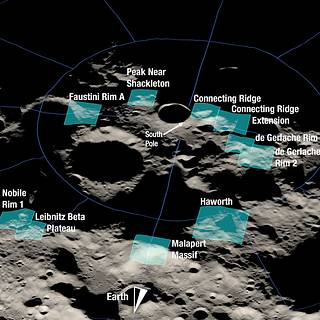 As NASA prepares to send astronauts back to the Moon under Artemis, the agency has identified 13 candidate landing regions near the lunar South Pole.
As NASA prepares to send astronauts back to the Moon under Artemis, the agency has identified 13 candidate landing regions near the lunar South Pole. NASA rocket using 'astronomical forensics' will study exploded star

A NASA-funded sounding rocket mission will observe the remnants of an exploded star, uncovering new details about the eruption event while testing X-ray detector technologies for future missions.
How a scientist established a two-stage solar flare early warning system
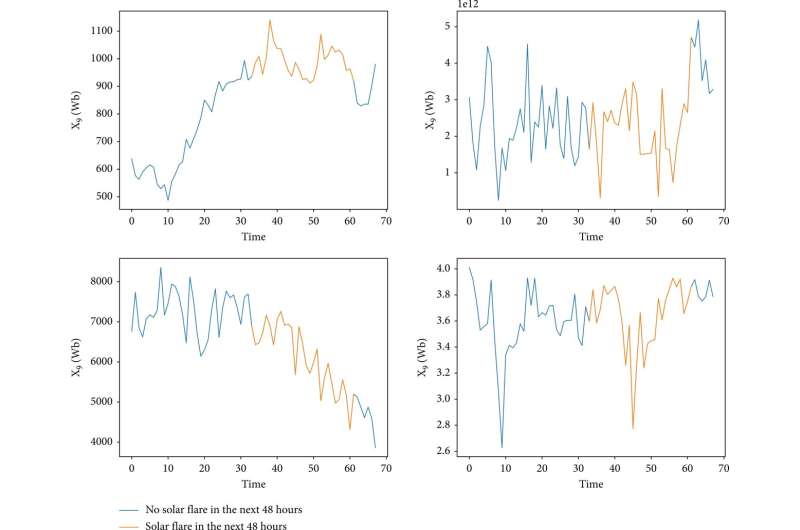
How Martian ionospheric dispersion effected on SAR imaging
 The subsurface of Mars records important historical information on the formation and evolution of Mars. As an ionized medium, the Martian ionosphere plays a special role in radio wave propagation and is directly related to the local communication on Mars and the communication between Mars and Earth.
Therefore, the information on the subsurface and the Martian ionosphere provides a scientif
The subsurface of Mars records important historical information on the formation and evolution of Mars. As an ionized medium, the Martian ionosphere plays a special role in radio wave propagation and is directly related to the local communication on Mars and the communication between Mars and Earth.
Therefore, the information on the subsurface and the Martian ionosphere provides a scientif Track NASA's Artemis I mission in real time
 Join NASA's Orion spacecraft on its first mission around the Moon using the Artemis Real-time Orbit Website (AROW) to track the spacecraft's flight as it happens.
During Artemis I, Orion will travel to 40,000 miles beyond the Moon in the first integrated flight test with the Space Launch System (SLS) rocket. Using AROW, almost anyone with internet access can pinpoint where Orion is and tra
Join NASA's Orion spacecraft on its first mission around the Moon using the Artemis Real-time Orbit Website (AROW) to track the spacecraft's flight as it happens.
During Artemis I, Orion will travel to 40,000 miles beyond the Moon in the first integrated flight test with the Space Launch System (SLS) rocket. Using AROW, almost anyone with internet access can pinpoint where Orion is and tra The Lacuna Space water monitoring system
 Semtech Corporation (Nasdaq: SMTC), a leading global supplier of high performance analog and mixed-signal semiconductors and advanced algorithms, announced a collaboration with New Zealand's IoT Ventures and global connectivity provider Lacuna Space.
IoT Ventures has used Semtech's LoRa devices to develop its Drought Early Warning System, a network of low-cost rainwater tank and rain monit
Semtech Corporation (Nasdaq: SMTC), a leading global supplier of high performance analog and mixed-signal semiconductors and advanced algorithms, announced a collaboration with New Zealand's IoT Ventures and global connectivity provider Lacuna Space.
IoT Ventures has used Semtech's LoRa devices to develop its Drought Early Warning System, a network of low-cost rainwater tank and rain monit Launch Schedule for 3rd StriX-1 SAR satellite
 Synspective Inc., a SAR satellite data and analytic solutions provider, reports that the official launch schedule of StriX-1, the company's third SAR satellite.
StriX-1 has a launch window starting from mid-September (UTC). Exact lift-off target date and time will be confirmed soon.
Please note that the launch may be postponed or canceled due to unforeseen weather conditions or compl
Synspective Inc., a SAR satellite data and analytic solutions provider, reports that the official launch schedule of StriX-1, the company's third SAR satellite.
StriX-1 has a launch window starting from mid-September (UTC). Exact lift-off target date and time will be confirmed soon.
Please note that the launch may be postponed or canceled due to unforeseen weather conditions or compl 
